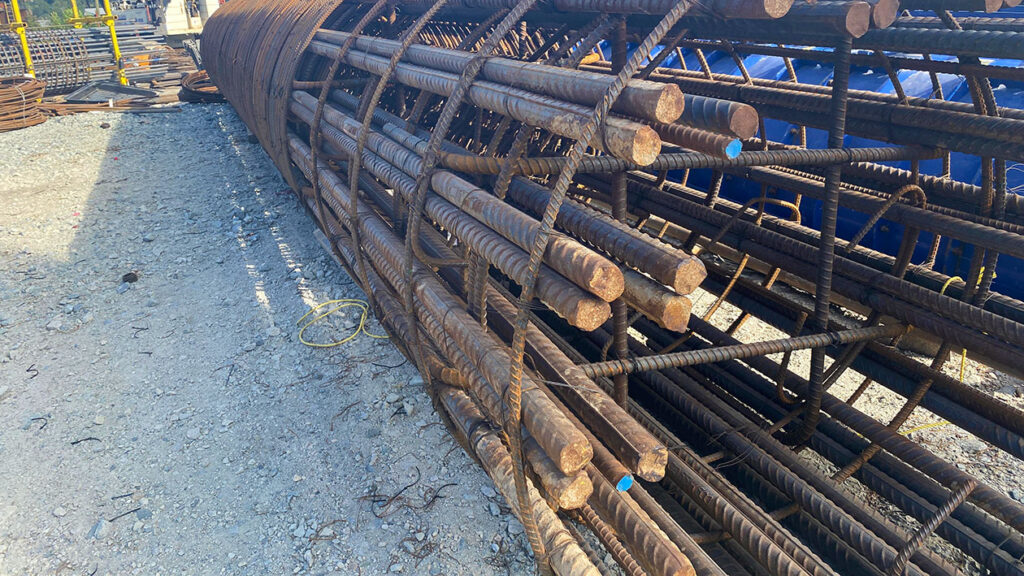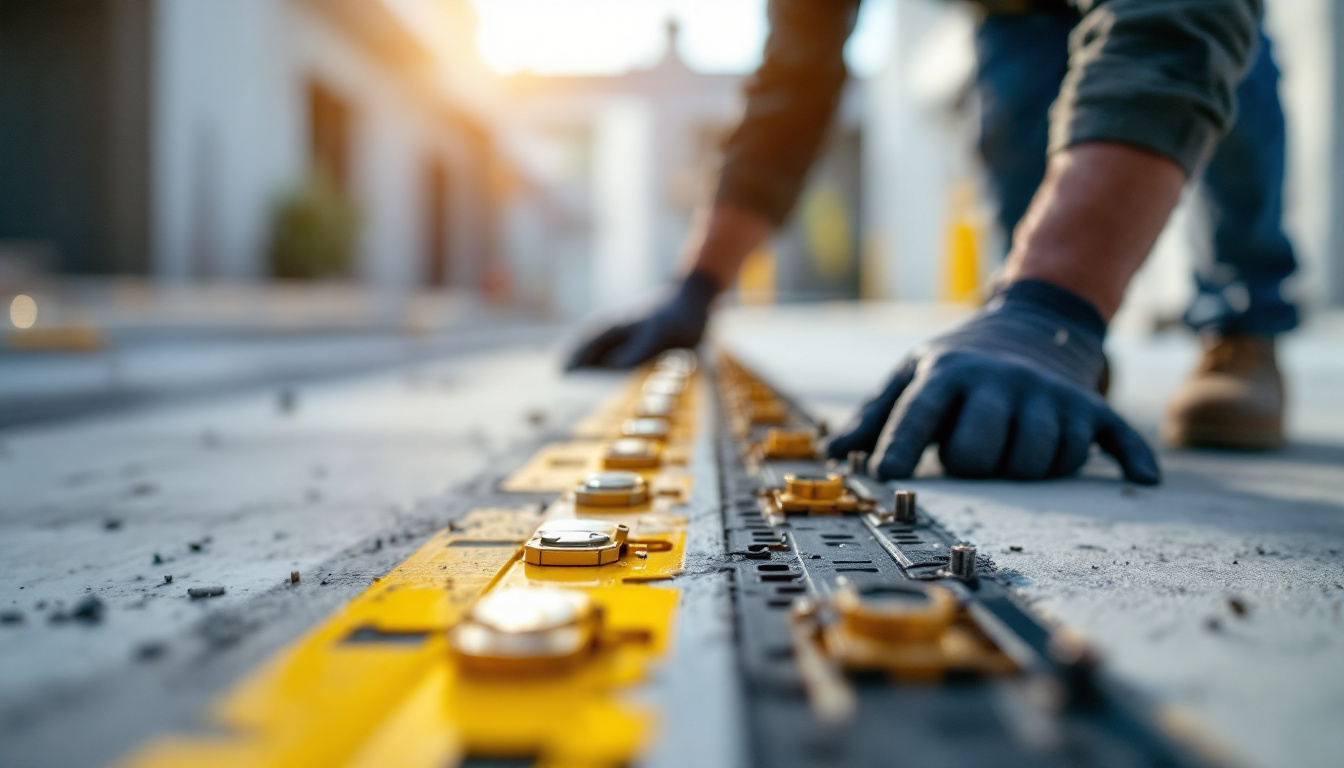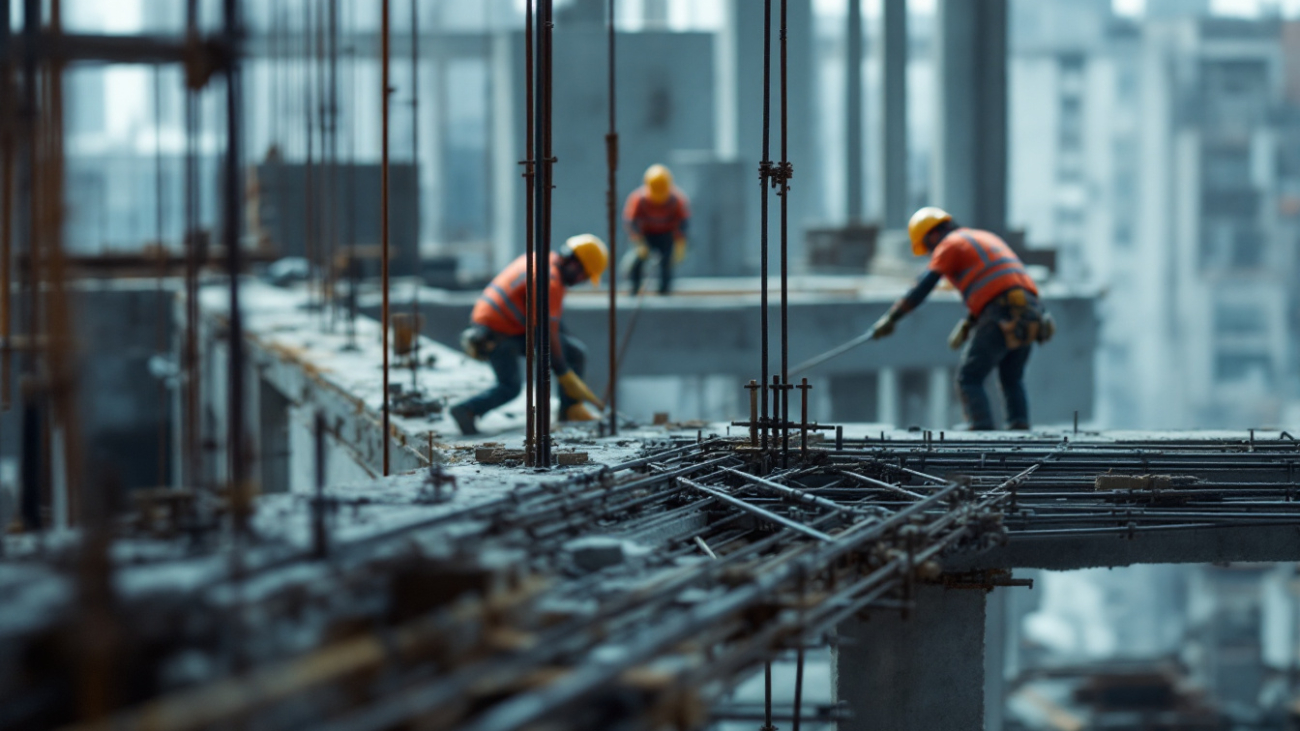When it comes to construction and reinforcement projects, ensuring safety and efficiency is paramount. Among the various tools and materials used in these processes, the safety strip has emerged as an essential component, especially when dealing with rebar installations. This article delves into the reasons why safety strips are indispensable in the context of rebar work, highlighting their benefits, applications, and best practices.
The Importance of Rebar in Construction
Reinforcing bars, commonly known as rebar, play a critical role in providing structural integrity to concrete structures. They are designed to bear tensile loads, which concrete alone cannot manage effectively. Without rebar, concrete structures would be prone to cracking and failure under stress. The inclusion of rebar significantly enhances the durability and lifespan of concrete, allowing it to perform optimally in various environmental conditions, from extreme heat to freezing temperatures. This is particularly vital in regions prone to seismic activity, where the ability of a structure to flex and absorb energy can mean the difference between safety and disaster.
A safety strip is a protective covering designed to shield the exposed ends of rebar. Typically made from durable materials, these strips are easy to install and provide a crucial layer of safety on construction sites. They are available in various sizes and shapes to accommodate different rebar diameters and configurations.

Understanding Rebar Applications
Rebar is utilised in various applications, from residential buildings to large-scale infrastructure projects. It is often placed in concrete slabs, beams, columns, and even roads. The versatility of rebar makes it a staple in the construction industry, ensuring that structures can withstand the test of time and environmental pressures. In addition to traditional uses, innovative applications of rebar are emerging, such as in the creation of precast concrete elements and in the reinforcement of soil structures. This adaptability not only optimises the performance of concrete but also contributes to more sustainable building practices by reducing the need for excessive material use.
Challenges Associated with Rebar Installation
Despite its importance, installing rebar comes with its own set of challenges. The process can be labour-intensive and requires precision to ensure that the bars are placed correctly. Furthermore, the exposed ends of rebar can pose safety hazards to workers on site, making it imperative to implement safety measures during installation. Additionally, the logistics of transporting and storing rebar can complicate projects, especially in urban areas where space is limited. Proper planning and coordination are essential to mitigate these challenges, ensuring that the rebar is not only installed correctly but also efficiently, thus minimising delays and cost overruns in the construction schedule. Moreover, the increasing emphasis on quality control means that inspections and compliance with industry standards are crucial to guarantee the integrity of the installation process.
What is a Safety Strip?
Materials and Design
Safety strips are often manufactured from high-quality plastics or rubber, providing flexibility and resilience. Their design allows them to fit snugly over rebar ends, reducing the risk of injury from sharp edges. Additionally, many safety strips are brightly coloured, making them easily visible on construction sites, which further enhances safety. The use of vibrant colours not only serves a practical purpose but also aids in compliance with safety regulations, as visibility is a key factor in preventing accidents. Some manufacturers even incorporate reflective materials into their safety strips, ensuring that they remain noticeable even in low-light conditions.
Installation Process
The installation of safety strips is straightforward. Workers can simply slide the strip over the exposed end of the rebar, ensuring a secure fit. This process can be completed quickly, allowing for efficient workflow on site. Moreover, safety strips can be removed and reused, making them a cost-effective solution for ongoing projects. In addition to their ease of use, safety strips can be an essential part of a broader safety strategy on construction sites. By minimising the risk of injury from protruding rebar, they contribute to a safer working environment, which can lead to increased productivity and morale among workers. Furthermore, regular inspections and maintenance of these safety features can ensure that they remain effective throughout the duration of a project, underscoring the importance of proactive safety measures in the construction industry. Read more about risk at https://medicine.duke.edu/divisions/general-internal-medicine/precision-medicine/risk-assessment
Benefits of Using Safety Strips
The implementation of safety strips in rebar installations offers numerous advantages that contribute to a safer working environment. These benefits extend beyond mere injury prevention, impacting overall project efficiency and compliance with safety regulations.

Enhanced Worker Safety
One of the most significant benefits of using safety strips is the enhancement of worker safety. By covering the sharp ends of rebar, these strips minimise the risk of cuts and puncture wounds, which are common injuries on construction sites. This protective measure is particularly vital in high-traffic areas where workers are frequently moving about.
Improved Compliance with Regulations
Construction sites are subject to strict safety regulations, and the use of safety strips can help ensure compliance with these standards. By implementing safety measures, companies can avoid potential fines and legal issues that may arise from workplace injuries. Additionally, demonstrating a commitment to safety can enhance a company’s reputation in the industry.
Increased Efficiency
When workers feel safe on the job, their productivity often increases. Safety strips contribute to a more secure working environment, allowing workers to focus on their tasks without the constant worry of potential injuries. This increased efficiency can lead to faster project completion times and reduced labour costs.
Best Practices for Using Safety Strips
To maximise the benefits of safety strips, it is essential to follow best practices during their use. Proper implementation and maintenance can significantly enhance their effectiveness and longevity. Click here to find more about effectiveness.
Regular Inspections
It is crucial to conduct regular inspections of safety strips to ensure they remain in good condition. Over time, wear and tear can compromise their protective capabilities. Any damaged or worn strips should be replaced immediately to maintain safety standards on site.
Training and Awareness
Workers should receive training on the importance of using safety strips and how to install them correctly. Raising awareness about the potential hazards associated with exposed rebar can encourage a culture of safety on construction sites. Regular safety briefings can reinforce these messages and keep safety at the forefront of workers’ minds.
Integration with Other Safety Measures
While safety strips are vital, they should not be the sole safety measure in place. Integrating them with other safety protocols, such as personal protective equipment (PPE) and site safety signage, can create a comprehensive safety strategy. This holistic approach ensures that all potential hazards are addressed effectively.
Case Studies: Success Stories with Safety Strips
Several construction projects have successfully integrated safety strips into their rebar installations, demonstrating their effectiveness in enhancing safety and efficiency. These case studies provide valuable insights into the practical applications of safety strips in real-world settings.
Residential Building Project
In a recent residential building project in Sydney, the construction team implemented safety strips during the rebar installation phase. The project manager reported a significant decrease in minor injuries related to rebar exposure, leading to improved morale among workers. The use of safety strips not only enhanced safety but also contributed to the project finishing ahead of schedule.
Infrastructure Development
Another notable example comes from a large infrastructure development project in Melbourne. The project involved extensive rebar use, and the team opted to use safety strips throughout the installation process. By prioritising safety, the project maintained a flawless safety record, attracting positive attention from local authorities and the community.
Conclusion: Investing in Safety
In the realm of construction, safety should never be compromised. The use of safety strips in rebar installations is a simple yet effective way to enhance worker safety, improve compliance with regulations, and boost overall project efficiency. By investing in safety strips, construction companies can create a safer working environment, ultimately leading to better outcomes for both workers and projects.
As the construction industry continues to evolve, embracing innovative safety solutions like safety strips will be crucial in addressing the challenges associated with rebar installations. By prioritising safety, companies not only protect their workers but also contribute to the long-term success and sustainability of their projects.

